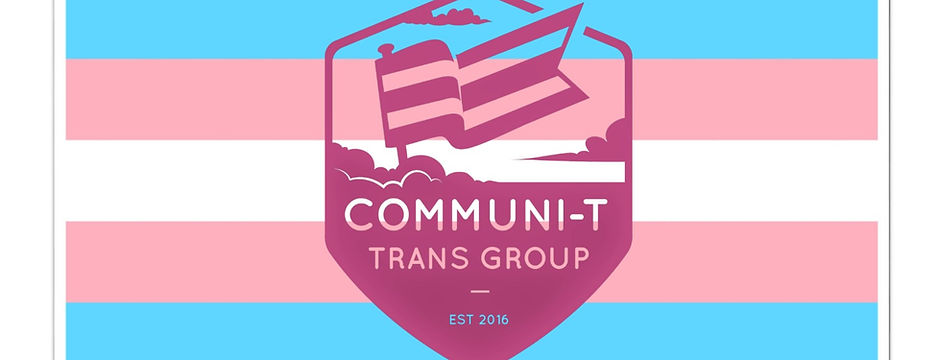
GLOSSARY OF TERMS
Transgender: An umbrella term for those whose gender identity is different to the sex they were assigned at birth.
FtM: Stands for female to male. This is someone whose assigned sex was female and who wishes to transition to male.
MtF: Stands for male to female. This is someone whose assigned sex at birth was male and wishes to transition to female.
Non-Binary: This term is used to describe a range of gender identities that cannot be classed as either male or female. It is also used for someone that doesn’t recognise their identity as a gender.
Binary Gender: This is the identity of either male or female. Most transgender people are binary as they transition from one to the other. People who cannot define their identity as male or female are said to be non-binary.
Gender: The mental state of being male, female, or non-binary, regardless of biology.
Sex: Your assigned sex at birth will either be male or female depending on your genitals.
Gender Dysphoria: The unease and potentially severe depression a person will experience due to a mismatch of gender and physical body. This is when most people should go to see their GP about being transgender. Feelings of dysphoria can lead a person to extremes.
Pronouns: Words such as he, she, or they, to which people like to be referred. They usually denote gender. If you are unsure of how to refer to someone, just ask.
Cisgender (or CIS): A person whose gender identity matches their assigned sex at birth. For example, someone who is assigned male at birth lives their life as a man.
Transition: The steps a transgender person takes to live as their desired gender. This can be social as well as medical.
Hormones: These are testosterone or oestrogen supplements to allow someone who is transitioning to have the correct hormone levels for their changing body. MtF people will take oestrogen, while FtM people will take testosterone.
Gender Identity Clinic (GIC): This is where someone will be referred to by their GP to talk to specialists about continuing on their transition. You can be referred to the GIC without having to go through CAMHS.
Androgyny: A person who is androgynous will present with no clear indications as to whether they are male or female.
Stealth: A person who is ‘stealth’ will be ‘passing’ as their destination gender without being out as transgender.
Passing: People who pass as their destination gender whether or not it is known by others that they are trans.
Hormone Blockers: Hormone blockers are usually prescribed to younger trans people to block puberty.
The effect of blockers is completely reversible; should the person stop using them, puberty will occur as normal.
Social Transition: The steps people take to live as their destination gender in the real world. This can involve family, work, school, friends and how the person presents themselves. (Clothing etc.)
Medical Transition: The surgeries and hormones you can have. Not all transgender people have full reassignment surgery. Similarly, you don’t need full reassignment surgery to be ‘trans enough’.
Top Surgery: This generally refers to surgery on the chest area.
Bottom Surgery: This generally refers to reassignment surgery on the genitals.
Intersex: Intersex people are often born with ambiguous sexual organs which make it difficult to assign a sex to the child.
Sometimes they don’t align with the gender they were raised as and transition.
AMAB: This stands for “Assigned Male at Birth”.
AFAB: This stands for “Assigned Female at Birth”.
Binding: The use of a binder to flatten breasts to give the appearance of a more masculine chest shape.
Tucking: A technique used by MtF trans people to conceal the penis and give the appearance of a flat front.
Packing: This is the use of a packer to achieve a more masculine front by adding a bulge.




.jpg)